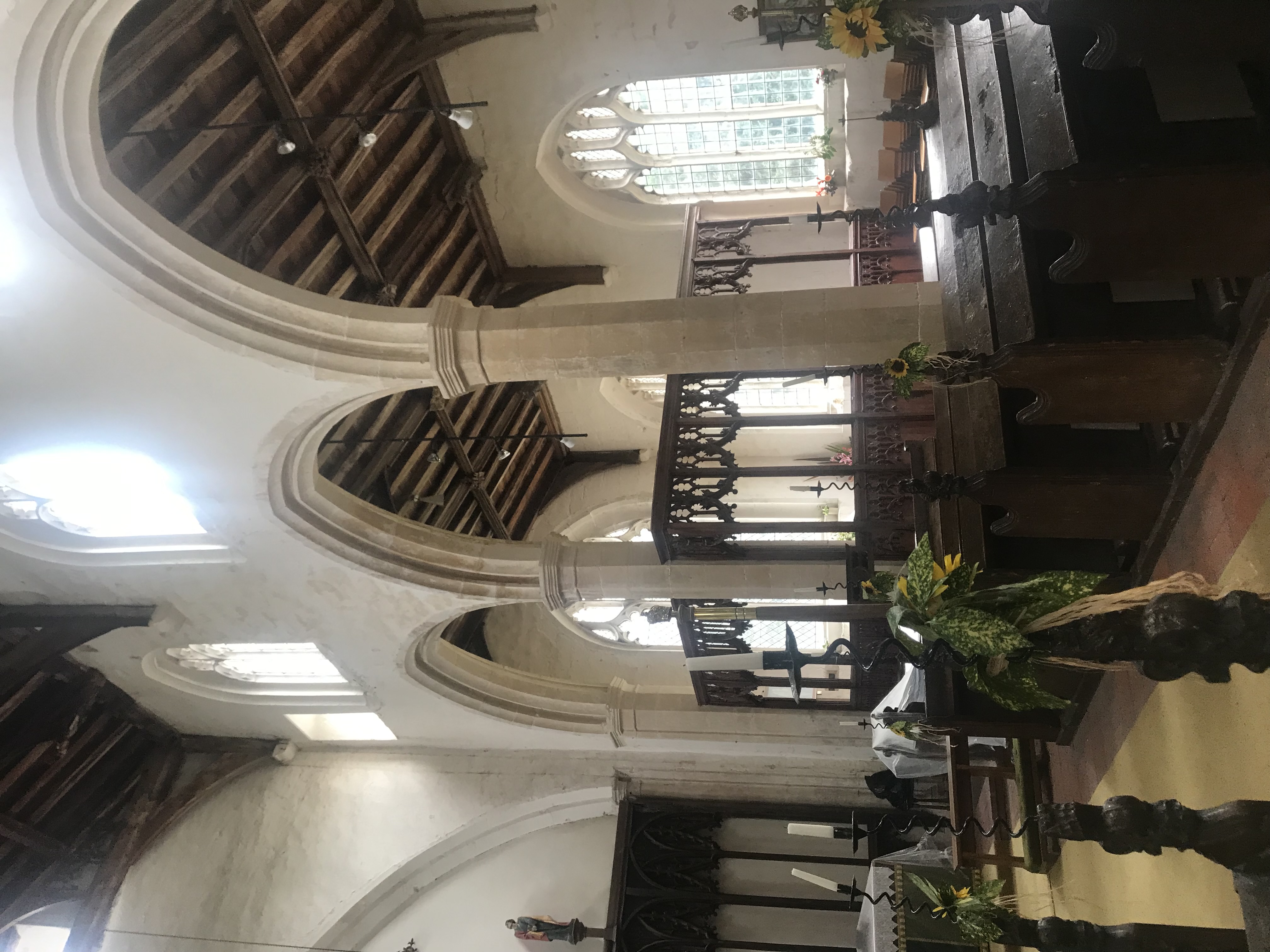
Historic Addlethorpe
Addlethorpe is a large rural village, accessed from the main routes into Skegness. It is situated close to Ingoldmells, famous for being the home of the first Butlins Holiday Camp which was started in 1936 and still attracts large visitor numbers.
The village was mentioned in the Doomsday Book of 1086 and at that time consisted of 102 households and was listed as having two churches. There are records of the existence of a ‘moated site’ in Church Lane from the medieval period, although there is no surface trace of this today. The name of the village is probably derived from the Saxon AEthel meaning Noble and Thorpe meaning village.
There are a number of listed buildings in Addlethorpe:
a) St Nicholas Church – Known as ‘The Cathedral of the Marshes’, this is a Grade I listed building, dating back to the C15th, built between 1360 and 1420, and which was restored in 1875. The tower and font are C15th and the pulpit is C18th. It lost its chancel in 1706. The south doorway retains its early C15th door, now with its C18th wicket. The Church retains much of its original woodwork and fittings, including the ‘Angel’ roof, a complete set of benches with carved poppy head ends and original back seats and rests and four Chantry Screens of Gothic fretwork. The Church also has a complete peal of 6 bells.
b) The Churchyard Cross – The lower half of a C14th churchyard cross is situated in the churchyard. It is both Grade II listed and a Scheduled Monument.
c) Addlethorpe House – Grade II listed, this was built in the late C17th and altered in both the C19th and C20th.
d) Bede Cottages – Originally a C17th farmhouse that was bequeathed by Samuel Mottram of Addlethorpe Hall in 1710. It was perhaps converted then, when he founded a charity for the cottages to be reserved for two widows of the parish. There was a half-acre of land for their use and they received two chauldrons of coal. The cottages are Grade II listed and are currently undergoing restoration to a single dwelling. The charity still exists as Addlethorpe Parochial Charity and makes grants towards heating costs for the senior citizens of the village and those with special needs.
e) Cottage Farmhouse - Grade II listed
f) Slate House Farm – Grade II listed built around the mid C17th.
g) Addlethorpe Mill – Grade II listed, originally a Post Mill, it was replaced around 1830 with a four sailed Tower Mill. It had six floors and was the tallest mill in the district, built with bricks probably made in a local field. The sails were removed in 1949, the cap and the cross in 1968 and in 1992 the tower was reduced by three floors. The workings and stones were removed to be used in other working windmills if possible. Originally there was a bake-house attached to the mill, which ceased trading as such in the early 1960’s due to lack of staff to work in it.
The current owners’ family moved to the village in 1922 to work in the bakery with the current owners’ father taking over the milling business in 1959. After the closure of the bakery, the business continued as a thriving Agricultural and Animal Feed business still trading today.
Also of note is the Wesleyan Methodist Chapel built in 1837 and which was rebuilt in 1968.

